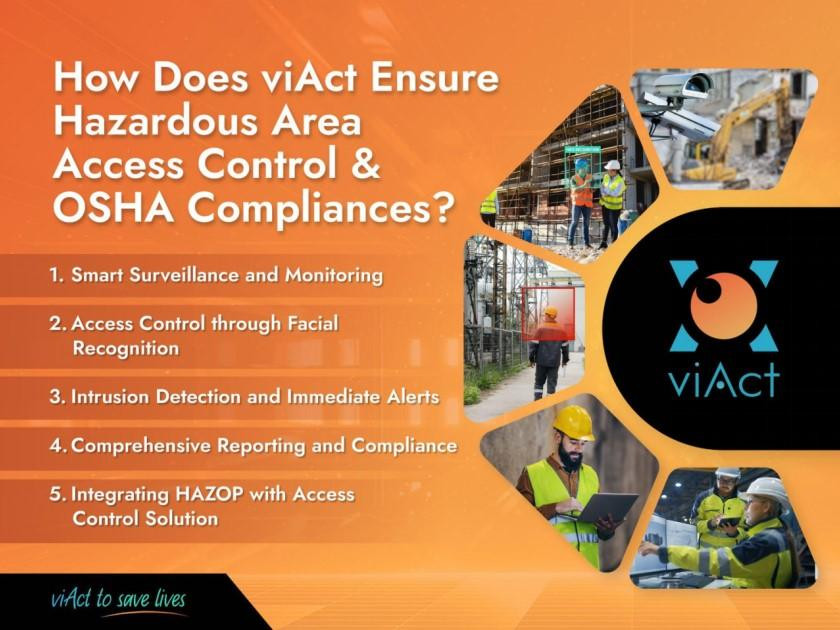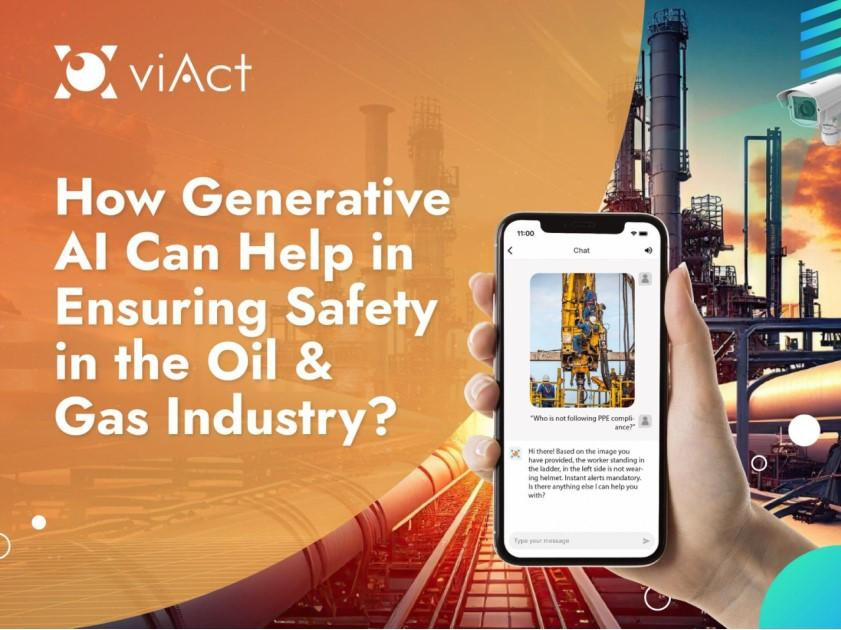In industries where working at heights is a routine part of operations, ensuring fall from height safety is paramount. According to statistics, falls from height remain one of the leading causes of injuries and fatalities in workplaces globally. To mitigate these risks effectively, workers must adhere to stringent safety protocols, utilize proper equipment, and maintain a high level of awareness at all times.
Tips for Workers' Safety
Working at heights presents significant risks that require diligent attention tofall from height safety protocols and practices. Whether navigating scaffolds, ladders, or elevated platforms, workers must be equipped with the knowledge and tools necessary to prevent falls and mitigate potential injuries. This series of tips aims to empower workers with essential guidelines—from understanding fall-from-height risks to emergency preparedness—ensuring they can perform their duties safely and confidently at elevated heights. By prioritizing fall-from-height safety, we prioritize the well-being of every worker, fostering a culture of safety and accountability in every workplace.
Understanding Fall Risks
Fall from height refers to accidents that occur when workers descend from elevated positions, such as ladders, scaffolds, or rooftops, without adequate protection. These incidents often result from factors like improper equipment usage, lack of training, or unsafe working conditions. By understanding these risks comprehensively, workers can better appreciate the importance of fall-from-height safety measures in preventing accidents and injuries.
Proper Equipment Usage
The cornerstone of fall-from-height safety lies in the correct use of safety equipment. Harnesses, lanyards, guardrails, and personal protective equipment (PPE) are indispensable tools that can prevent falls and mitigate their severity if they occur. Workers must undergo thorough training on how to inspect, wear, and maintain this equipment to ensure optimal safety during their tasks at elevated heights.
Preparing for Work at Heights
Preparation is key to minimizing fall-from-height risks in the workplace. Before commencing work at heights, conducting a comprehensive safety check and risk assessment is essential. This includes evaluating the stability of structures, securing tools and materials, and ensuring proper signage and barricading to delineate hazardous areas. Adequate planning and organization significantly reduce the likelihood of falls and enhance overall workplace safety.
Safe Work Practices
Implementing safe work practices further fortifies fall-from-height safety. For instance, adhering to ladder safety guidelines by maintaining three points of contact and ensuring stable placement can prevent ladder-related accidents. Similarly, following protocols for scaffolding use and working on roofs or platforms with appropriate safeguards enhances worker safety and reduces the risk of falls.
Emergency Preparedness
Despite precautionary measures, emergencies can still occur. Therefore, having a robust emergency response plan tailored to address fall-from-height incidents is crucial. Workers should be trained in first aid procedures specific to falls from height and equipped with knowledge on how to respond swiftly and effectively in such scenarios. Preparedness ensures timely intervention, minimizes injury severity and contributes to a safer working environment.
Conclusion
By prioritizing fall-from-height safety through comprehensive understanding, proper equipment usage, meticulous preparation, adherence to safe practices, and rigorous emergency preparedness, workplaces can significantly mitigate the risks associated with working at heights. Employers and workers alike must uphold stringent falls from height safety standards, comply with regulatory requirements, and foster a culture where safety is non-negotiable. Together, we can ensure that every worker returns home safely at the end of each day.
Visit Our Social Media Links :-
Facebook - viactai
Twitter - aiviact
Instagram - viactai/
Youtube - @viactai
Linkedin - viactai
Blog URL -
Generative AI in Computer Vision: A Paradigm Shift in Construction
Benefits of an AI enabled Safety Management System in Construction









